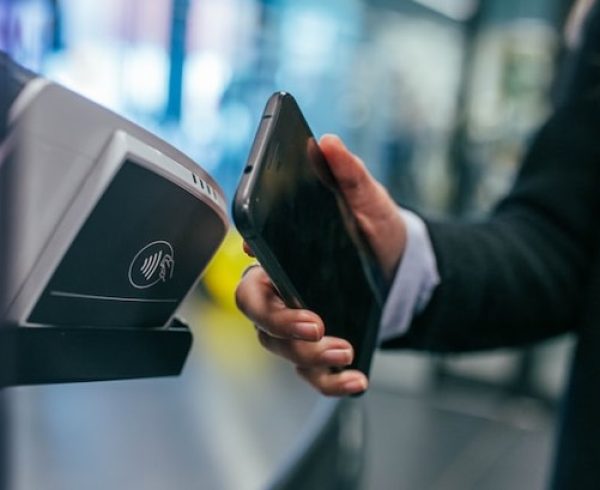Traditional banks have struggled to get their arms around the new generation of online-only banks and digital financial services that millennials love. Without the need for expensive retail store-fronts, easy-to-use mobile apps, and better offerings, it’s easy to see why the cell phone generation is abandoning old-style financial institutions for a better alternative. And it’s not limited to consumer banking. Small businesses now have a multitude of ways to accept payment, get access to credit, and pay vendors. PayPal, Square, Venmo, and even Amazon offer lines of credit that help businesses grow. Each year, these more agile digital solutions steal more market share from banks that appear to be sitting on the sidelines.
Since the burgeoning of the FinTech industry right after the financial meltdown in 2008, banks have seen tech companies and challenger banks gobbling up market share, and haven’t responded in any meaningful way. Or have they? And what are traditional banks supposed to do about this?
One could argue that banks have indeed risen to the challenge by offering online banking and mobile apps. But often that’s simply more than changing the delivery method with no changes to the services themselves. Many banks have offered mobile versions built on existing legacy infrastructure which doesn’t really live up to the potential of full digital transformation.
This is something JP Morgan Chase tried to do in 2018 with its all-digital bank, Finn, which closed the following year. Much has been written about Finn’s demise, but the consensus is that its failure can be attributed to a few areas:
- Little or no differentiation between the bank’s conventional mobile banking app and Finn – in fact, it was built on the existing back-end platform
- Not enough and no consistent marketing effort put toward the new offering
- Competing digital products and offerings within Chase
- Failure to offer market-leading features that make all-digital banking attractive, such as better interest rates
- Its target market wasn’t clearly defined
Chase is not alone in stumbling while going all-digital. HSBC and Investec both launched digital banking projects that were less than successful.
So what does that mean for banks and how do they build successful strategies for a successful digital transformation journey?
- Start with the customer problem. Too often, banks look to simply ‘go digital’ without really understanding the target audience or the problem they’re trying to solve. Banks should take a page from big tech’s playbook by starting with the customer problem and developing a way to solve it, rather than developing an offering and hoping to find a customer who will buy it. Trading platform, Robinhood, is a great example of this.
- Use technology to provide solutions designed specifically for the ‘next normal’. Challenger banks are already using technology, such as big data, mobility, automation, personalize offerings, to provide solutions specifically for this audience.
- Partnerships can speed time to market. . Work out ways to find partnerships and offerings that combine the agility of tech companies with the benefits of traditional banks. Look at what Amazon has done with its partnership with Goldman to offer small business fixed-rate lines of credit to third party sellers
- Plan first, offering second. As Chase discovered, having an offering that isn’t supported by a well thought out, fully supported strategic plan is a recipe for failure. While it’s easy to build offerings based on today’s infrastructure and mindset, Banks need to rethink their approach, better understand its customers, and become a digitally-driven organization.
As banks navigate the challenges of the current pandemic, combined with competition from new market entrants, digital transformation is more important than ever. But, as we saw in the case of Finn, without a sound strategy, the effort will be for naught.
Mythos Group’s presentation, “Reimagining Banking”, contains more detail on this and other recommendations, and is available to download for free from https://bit.ly/MG-White Papers.






